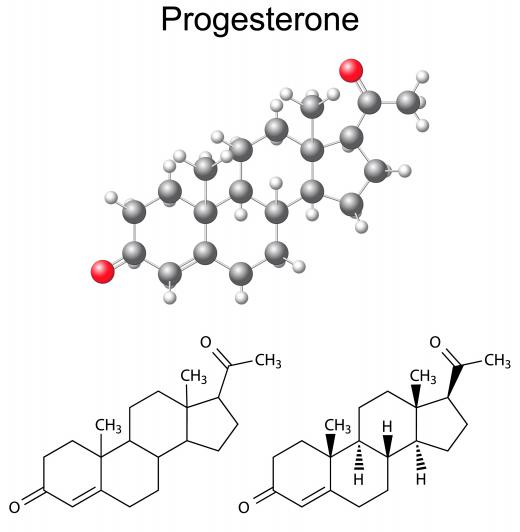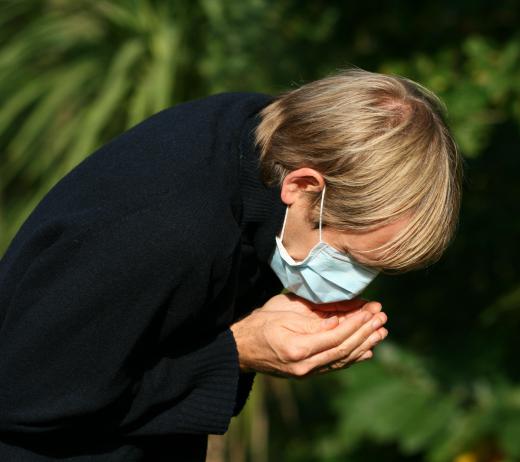What is Cladosporium?
 Mary McMahon
Mary McMahon
Cladosporium is a common fungal genus found both indoors and outdoors in a wide variety of climates all over the world. It is one of the most commonly identified fungi in the field, and it may appear in a variety of guises. Some species colonize substrates, while others develop a parasitic relationship with organisms such as plants. People are most familiar with Cladosporium in the form of the “black mold” which often lines the walls of homes in damp environments.
These fungi are olive green to black in color, depending of the species, forming colonies with a slightly powdery texture. They propagate themselves with spores, which typically link in long, dry chains. The links are easily broken, allowing an airborne chain to break apart to distribute the spores across a wide distance. Like many other molds, when the colony is disturbed, it can break apart to release a cloud of fungal material.

Indoors, Cladosporium species commonly cause problems because prolonged exposure appears to weaken the immune system, making people more susceptible to disease. These fungi can also cause respiratory infections, especially in people with existing respiratory problems such as asthma. Many of the fungi also produce toxins which stimulate allergic responses, making people with mold sensitivities very uncomfortable around Cladosporium.

Infections of the mucus membranes, sinuses, skin, and toenails have been reported in people with compromised immune systems who cannot fight the fungus on their own. Antifungal drugs can be used to treat such infections, although the infection can lead to complications in some patients even with treatment. People who are considered immunocompromised, such as cancer patients and recipients of organ transplants, can have difficulty avoiding infection with Cladosporium because the fungi are so common in the environment.

These fungi also produce compounds associated with the characteristic mold smell. For people who have walked into a house and been immediately stunned by a sharp smell of mold, the culprit was probably Cladosporium. Cladosporium species have also been known to colonize and ruin crops or food.
One species of Cladosporium, C. herbarum, is used to produce enzymes which are used in the manufacturing of pharmaceuticals. Most classically, these enzymes transform certain steroid compounds into progesterone, a hormone used in birth control. Other industrial uses for various species may be discovered in the future, as more are identified and studied. Researchers have also sequenced the genetic codes of some species to gain more information about these fungi.
AS FEATURED ON:
AS FEATURED ON:
















Discussion Comments
Cladosporium health effects can happen to people who have an allergy to the fungi. They are present outside on trees and shrubs. Their spores can float in the air. If a person who is allergic to the fungi breathes enough in, he will get symptoms such as watery eyes, runny nose, sinus congestion, and breathing problems, if you have asthma.
Anyone who has fungi allergies should let others do the yard work or else wear a protective mask.
What about indoors? If household members are affected all year, over the counter medicines or doctor prescribed medicine can be helpful. Members of the household should be on the look out for black spots of mold and get rid of it, especially in the shower area and around windows.
Well, it's good to know that cladosporium fungi has a positive purpose - to produce enzymes that aid in the production of progesterone used in birth control.
It seems that we should be very aware of this fungi getting into our houses. Especially, if it can cause a weakened immune system. The fact that those colonies can break apart and the fungi floats out into the air is a scary thought too.
But, it is so common everywhere, I don't know what can be done.
Post your comments